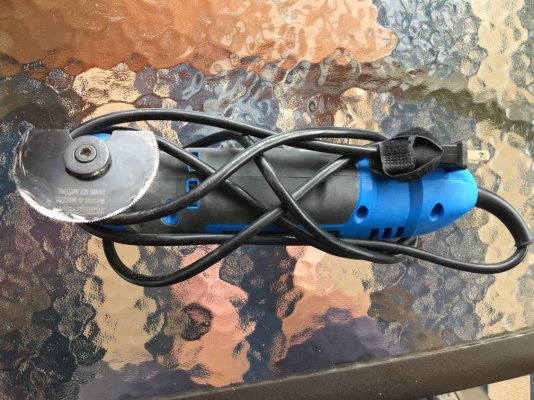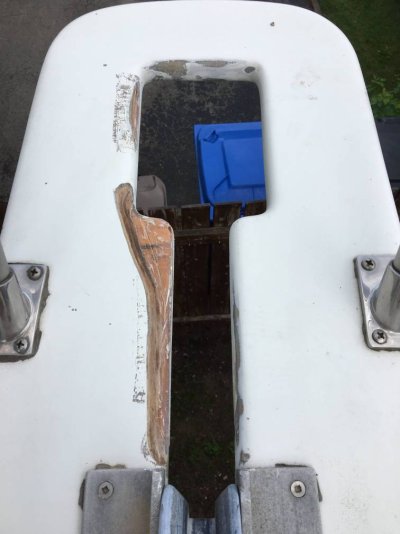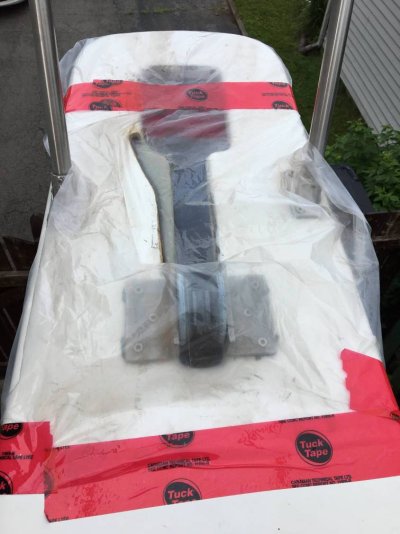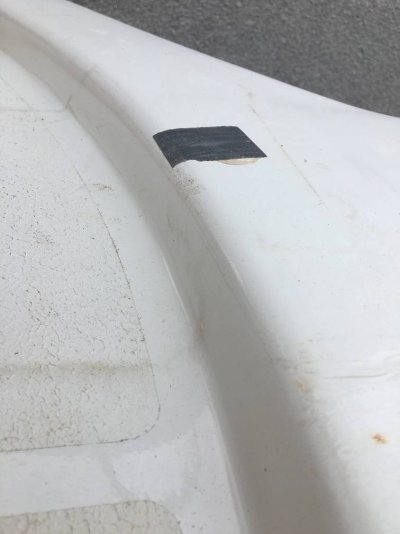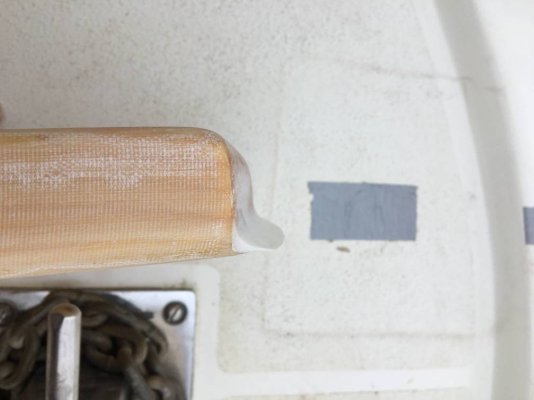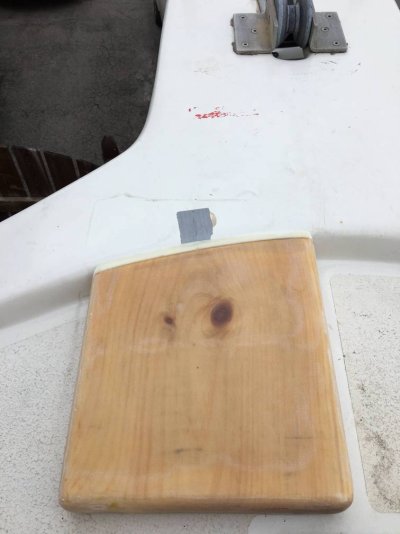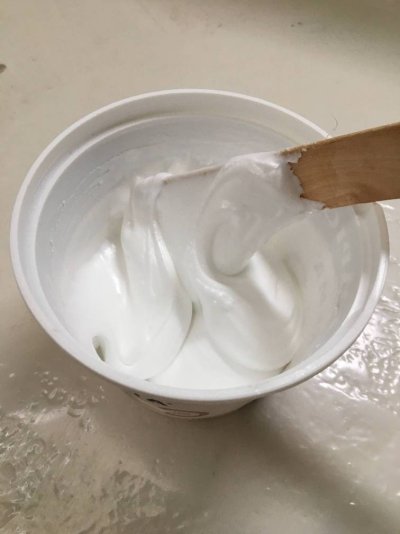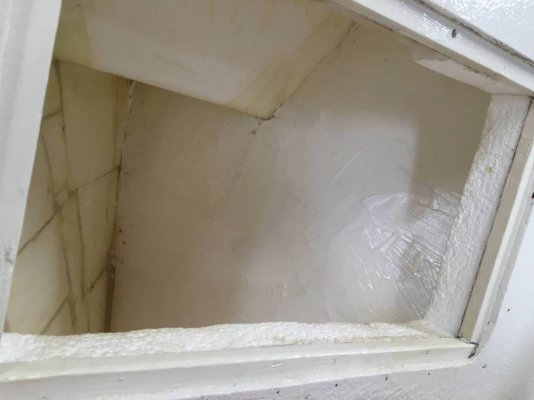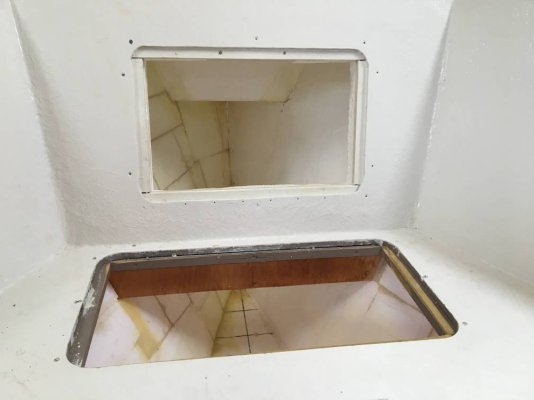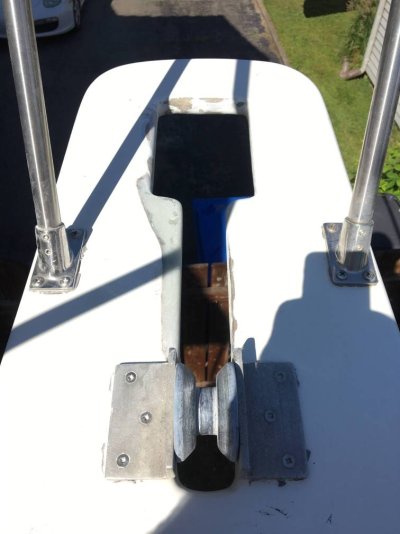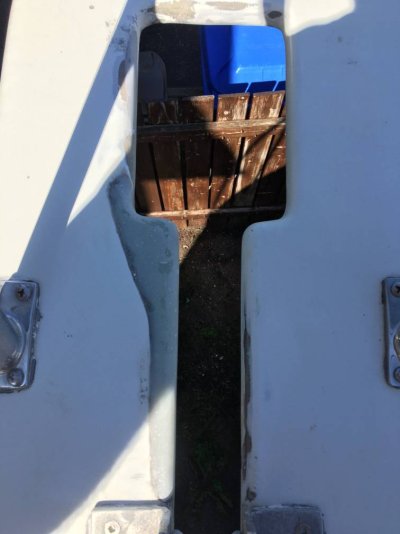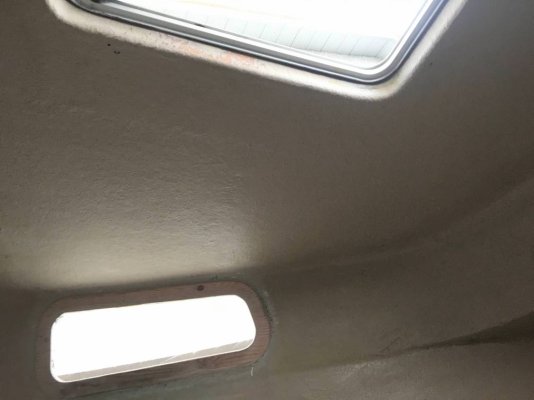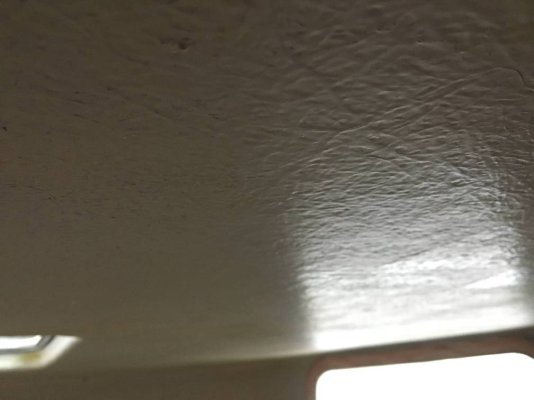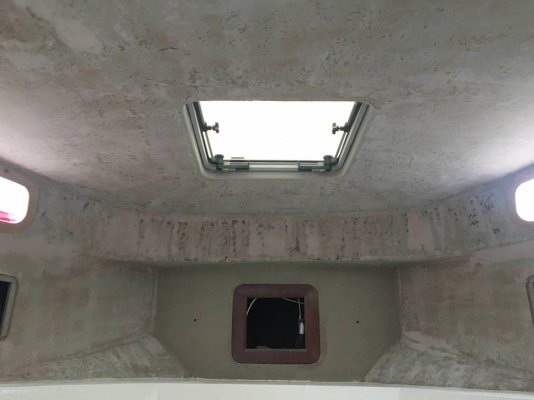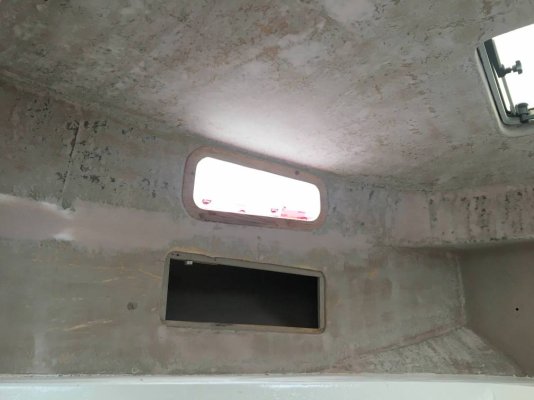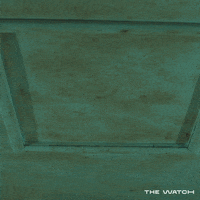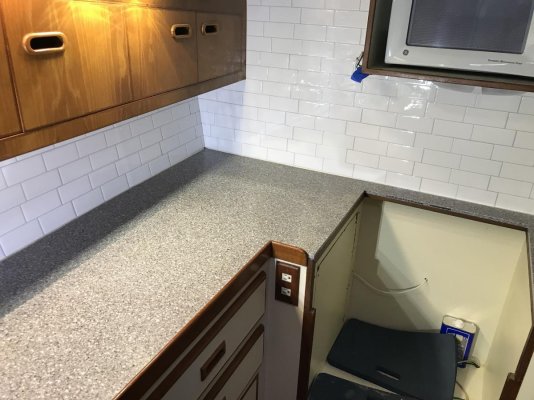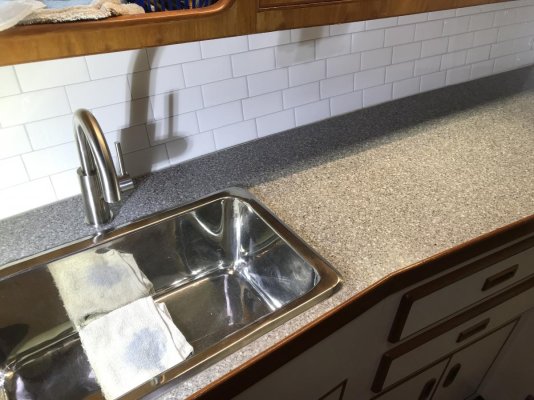In today's episode: sanding, tearing out the galley and some interesting findings.
Starting with sanding, V dining is almost ready for primer, very few details to iron out and my beloved wife will start priming and painting. Yes she wants me to keep all painting for her as she loves to do that. Good things as I hate it!
These days it is a bit difficult to work with epoxy and fiberglass as temperature is going up and down. I am able to tackle some early morning between 6AM and 9AM or 10AM but later is no possible with temp rising above 30C outside so far more in the boat.
I teared apart the galley, removed upper section cabinets, removed the fridge, all drawers etc.
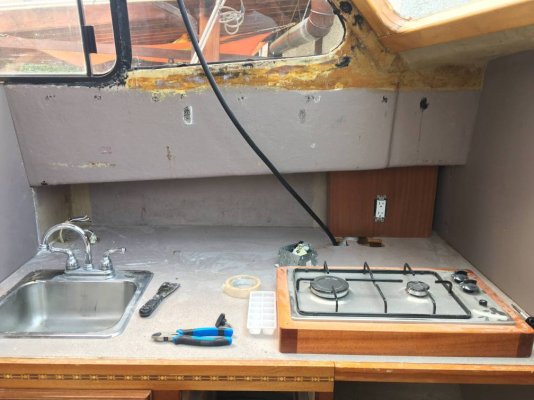
Also removed all outlets and all wiring as all this has to go and needs to be redone properly. Everything in 110 has been wired with the solid conductor household wires.
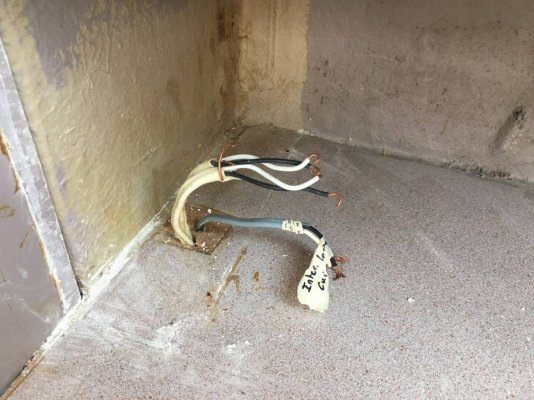
Also when I removed one outlet, I really liked the usage of household metallic non waterproof box, and the corrosion on the outlet connections.
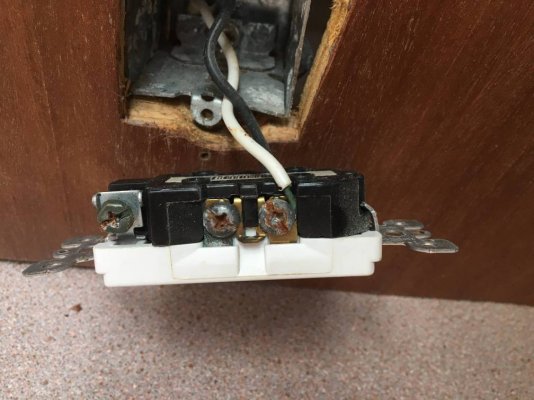
Also note how the ground is connected to the box but not to the outlet.
For folks who wonder why tinned wires are recommended, the picture below showing the nice wire corrosion will give some insight.
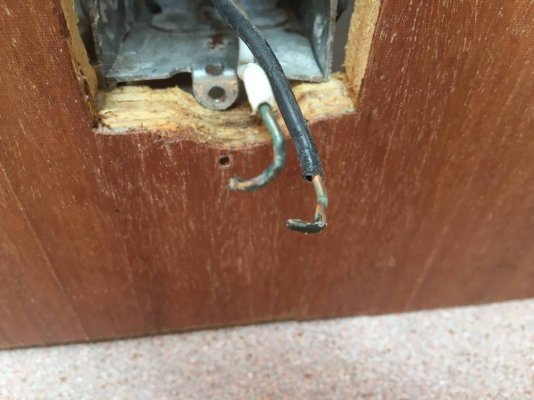
Only left to remove the sink and stove and I will be ready to replace or enhance the countertop and setup.
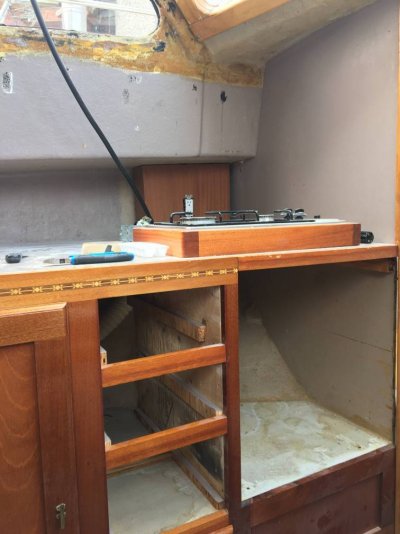
I cannot replace the current one, well not easily as it is a piece of plywood fiberglassed with the port side of the hull so I will cover it with another one. I will use some wood but still no decided if it will be maple, birch or acacia.
Finally I mapped all 110V and 12V wiring and beakers (more on that in the interesting findings list) size as the plan is to rewire everything.
About the interesting findings, there is a good list.
1. Forward hatch seal is damaged and leaks I will need to replace it. Fortunately it is a bomar hatch so parts looks easily available.
2. Removing 110V wires I found out that a new way of making a ground bus.
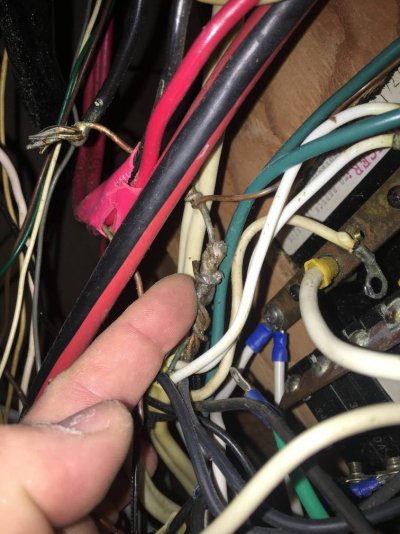
3. Tracing 12 wires I found a new way of making a +12V positive junction.
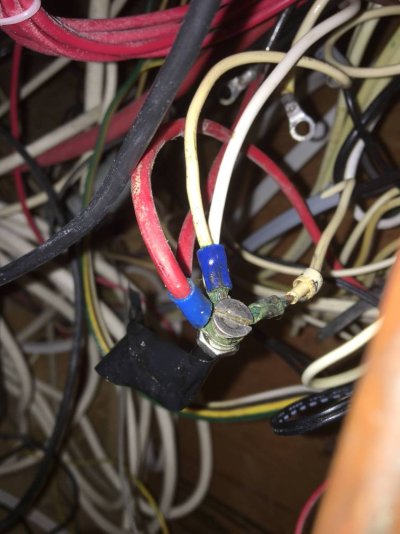
4. The head pump breaker is a 30A while the main bilge pump is 5A.
5. The Radio/TV breaker also controls VHF, radar and something that I did not yet found wired with a very thin (like awg 20) speaker wire.
Finally for the ones who love a nice clean wires setup and sorting, here is my current one that will have to sort out and deal with
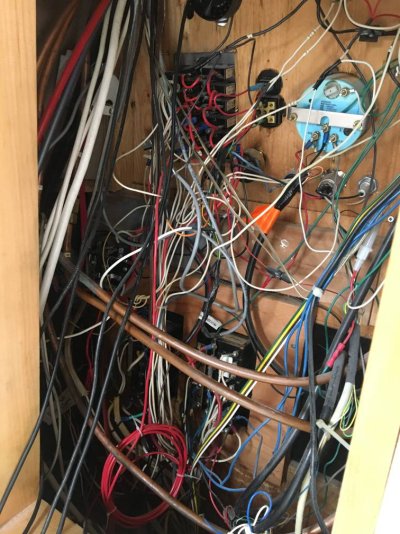
More fun to come!
L

